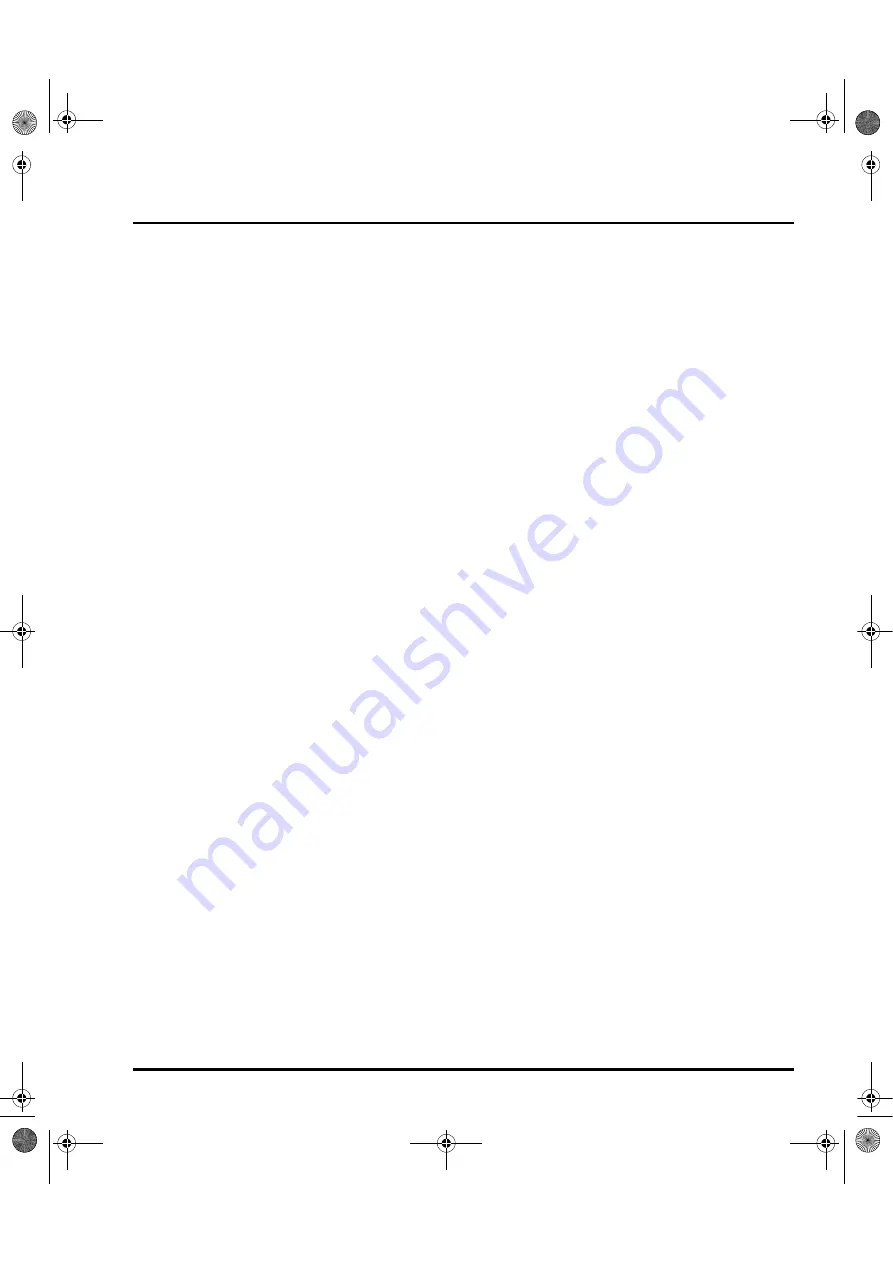
Understanding the views
Chapter 6
Mastersizer 2000
Page 6-11
Equivalent spheres
Mie theory presumes that the particles measured are perfect spheres. In practice
they are very rarely so. This causes a problem in the definition of the term “meas-
ure the particle’s size”: if the particle is an irregular shape, which particular dimen-
sion should be measured?
As an example, imagine that I give somebody a matchbox and a ruler and ask them
to tell me the size of it. They may reply by saying that the matchbox is 50mm x
25mm x 10mm. They cannot say that “the matchbox is 25mm” as this is only one
aspect of its size. It is not possible to describe the three dimensional matchbox with
one unique dimension. Obviously the situation is even more complex for irregular
shaped particles such as grains of sand or the pigment particles in paint.
Most people want a single measurement to describe their sample, for example, they
wish to say that their sample is made up of 50 micron particles. What is required is
a unique number that describes the particle. There is only one shape that can be
described by one unique number and that is a sphere. If we say we have a sphere of
50 microns, this describes it exactly. We cannot do the same even for a cube as 50
microns can refer to its edge or to a diagonal.
One way to get a single unique number to describe an irregular shaped particle is to
compare some feature of the actual particle to an imaginary spherical particle.
Some typical methods of doing this are:
Equivalent surface area
– calculating the diameter of a theoretical sphere
that has the same surface area of the original particle.
Equivalent maximum length
– this is where the diameter of a theoretical
sphere is the same as the maximum dimension of the original particle.
Equivalent minimum length
– this is where the diameter of a theoretical
sphere is the same as the minimum dimension of the original particle.
There are many other methods available to do this. This technique is known as
“equivalent spheres”.
The Mastersizer uses the
volume
of the particle to measure its size. In the example
above, the matchbox has a volume of 50 x 25 x 10mm = 12500mm
3
. If the Master-
sizer was able to measure this size of “particle” it would take this volume and calcu-
late the diameter of an imaginary sphere that is equivalent in volume - in this case it
will be a sphere of about 30mm diameter.
Obviously the answer will be different if the surface area or maximum dimension
of the matchbox is used to calculate an equivalent sphere. All of these answers are
correct but each is measuring a different aspect of the matchbox. We can therefore
only seriously compare measurements that have been measured using the same
technique.
MAN0384-1.0 Mastersizer 2000.book Page 11 Tuesday, March 20, 2007 8:56 AM
Содержание Mastersizer 2000
Страница 2: ......
Страница 6: ...Page 2 Addendum 0070 2 0 Addendum 0070 2 0 fm Page 2 Wednesday March 10 2010 11 58 AM ...
Страница 13: ...Part 1 Operator s Guide MAN0384 1 0 Mastersizer 2000 book Page 1 Tuesday March 20 2007 8 56 AM ...
Страница 14: ...MAN0384 1 0 Mastersizer 2000 book Page 2 Tuesday March 20 2007 8 56 AM ...
Страница 122: ...Chapter 9 Advanced features Page 9 16 MAN 0384 MAN0384 1 0 Mastersizer 2000 book Page 16 Tuesday March 20 2007 8 56 AM ...
Страница 123: ...Part 2 Supervisor s Guide MAN0384 1 0 Mastersizer 2000 book Page 1 Tuesday March 20 2007 8 56 AM ...
Страница 124: ...MAN0384 1 0 Mastersizer 2000 book Page 2 Tuesday March 20 2007 8 56 AM ...
Страница 133: ...Part 3 Appendices MAN0384 1 0 Mastersizer 2000 book Page 1 Tuesday March 20 2007 8 56 AM ...
Страница 134: ...MAN0384 1 0 Mastersizer 2000 book Page 2 Tuesday March 20 2007 8 56 AM ...
Страница 136: ...Appendix A Specification Page A 2 MAN 0384 A MAN0384 1 0 Mastersizer 2000 book Page 2 Tuesday March 20 2007 8 56 AM ...
Страница 153: ......
Страница 154: ......






























